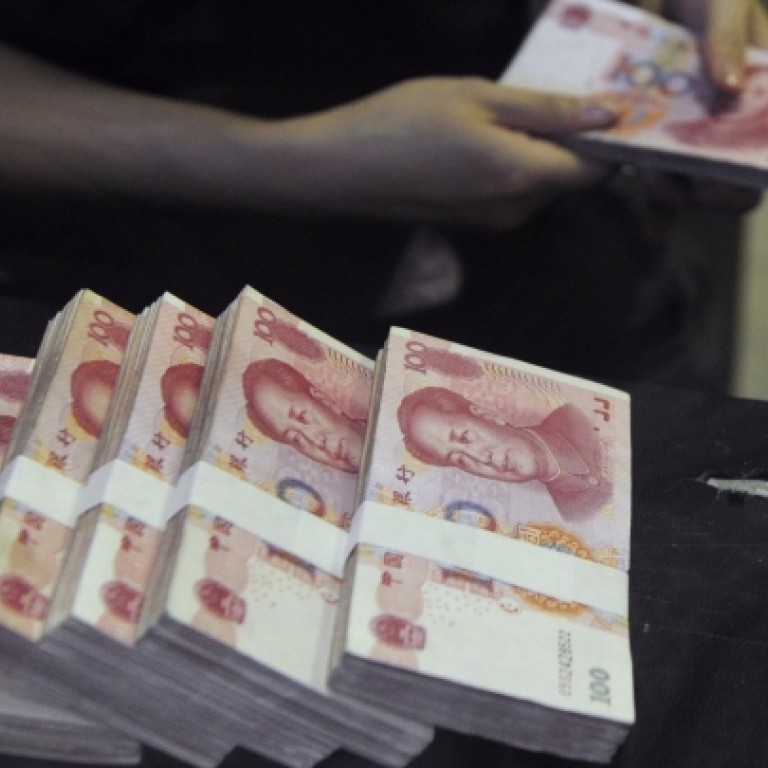
PBOC to ease curbs on loan rates
Policy shift towards market-based mechanism may see end to floor for lending rates, giving banks more freedom to decide on margins
Beijing has drafted a plan to give banks more freedom in setting lending rates, taking a step further towards creating a new interest rate mechanism that can potentially eat into banks' profits.
Two sources familiar with the situation said the People's Bank of China might scrap the floor for lending rates by the end of the year, going by the draft plan.
Mainland banks are allowed to offer loans at rates of up to 70 per cent of the benchmark rates set by the central bank.
Under the new policy, rates can be set even lower, which in turn would lower the net interest margins - the difference between lending and deposit rates - of banks as they compete to undercut each other with cheap loans.
"The central bank is speeding up preparations for the reform," said one of the sources. "Basically, a market-based interest-rate mechanism will be in place if the floor lending rate is scrapped."
Mainland banks now enjoy high net interest margins because of the government's heavy regulation of the banking system that allows them to rake in easy profit on interest rate spreads.
The central bank is bent on pushing ahead with interest-rate liberalisation. A market-based interest mechanism could benefit depositors and borrowers as they can earn more interest and cut borrowing costs.
Ba Shusong, a researcher with the State Council's Development Research Centre, a major government think tank, said earlier this year the central bank would probably scrap the floor for lending rates by the end of the year and allow a greater role for market forces in setting interest rates.
Beijing also recently gave the nod to Shanghai-based China Financial Futures Exchange to relaunch after 18 years government bond futures, a financial derivative that could help find market-determined borrowing costs.
The central bank originally planned to widen the range of deposit rates banks can offer to attract clients, but the sources said it was trying not to rush into it in the near term.
Mainland banks can offer interest rates as high as 110 per cent of the benchmark rates to depositors.
The central bank has been weighing the option of increasing the ceiling to 120 per cent of the benchmark rates. But the recent cash crunch forced it to adopt more caution, the sources said.
A further liberalisation on deposit rates, it is feared, would trigger unhealthy competition among banks to lure customers.
Banks' earnings might plummet if Beijing finally embarks on a market-based interest rate mechanism.
"Banks will certainly be the victims of reforms," said Dong Jun, a hedge fund manager. "Bad-loan worries and tighter monetary policies along with lower interest rate margins would mount pressure on banks' bottom lines."

